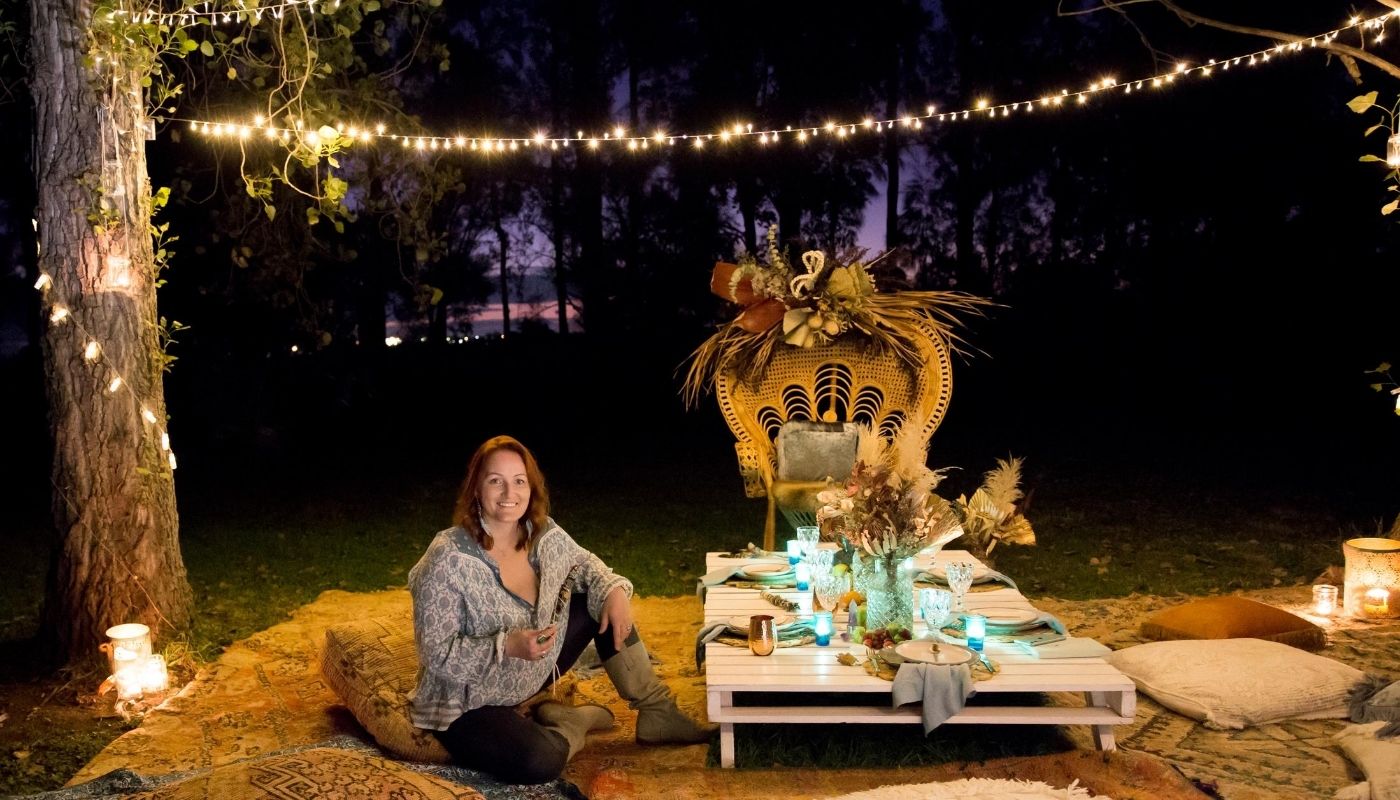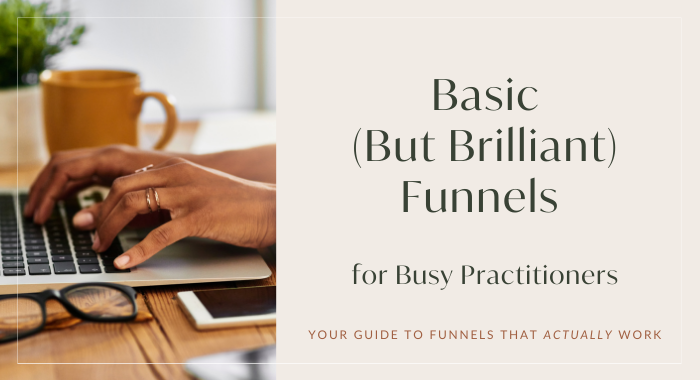Every practitioner’s worst nightmare is looking at your calendar for the following week and not having any appointments in there. No client bookings happening. You have been crazy busy for months, but all of a sudden there is a lull in your business.
This feast and famine scenario often affects clinicians and I am here to offer you alternatives to the complete and utter panic you might be feeling.
One of my go-tos to overcome the feast and famine cycle is creating programs and packages.
What makes a great program or package?
You need to know the customer’s journey they take with you. Then you need to create a value proposition around it. You can then add up the individual elements of the inclusions of the package and price your program or package according to that.
Where you are going to make the money from the package at the end of the day is knowing where you are taking your clients with that offering and how best to support them on that journey with you.
That is where you are providing value and that is what clients will be paying you for.
How do you serve your clients to get them to a state of wellness?
Each practitioner is different and you will be serving your clients differently, so that client journey with you is going to be individual not only to the client, but to you as well.
It’s as simple as a series of so many consultations, starting with the initial session and have a number of sessions and by the end, your client will be well.
For example, I created a special package for my adrenal fatigue clients. They would come in for an initial consultation that I would end with some kind of testing such as food intolerance or cortisol levels in their saliva. The results generally took 4 weeks to come back.
I have noticed a pattern with those clients that around the 3-week mark they felt much better, had more energy and had the urge to get physically active all of a sudden. I added a follow-up consultation to my package for the 3rd week for that very reason. The 4th week meant the result from the tests were back, so I added a further follow up consultation for that, so that’s 2 follow ups so far.
For around the 8-week mark, I had another session with them to discuss food. The last 4-week leg of this journey would take us to 12 weeks of working together on their adrenal fatigue. I knew that this is when the results will be really noticeable in the form of them having about twice as much energy as they had before they came to see me.
At the end, we retested their cortisol level and talked about their stress in a questionnaire.
So the package is not just the collection of the consultations. They in themselves add up to a few hundred dollars, which is great. However, that collection of consultations takes your client through a comprehensive journey where you are creating their wellness story.
Their wellness journey might start with you discussing food choices with them during your first consultation that you follow up with an email with some dos and don’ts. The next consult may be around exercise that you also follow up with an email in that topic. Those additional bits and pieces of information will be the added value for your client that will support their journey with you but without you having to be there outside of the consultations they have with you.
You need to create things that are low cost to you and high value to your client.
Creating an email that you can send out to your clients over and over and over again is low cost but packed with valuable information for your client.
You can have an email sequence with an auto-responder that sends your clients a series of emails weekly for a number of weeks. The sequence will deliver the information automatically to your client and you only need to set it up once.
Find out how your client wants to learn. They might want a support group to join or easy access to information they can use to achieve wellness with you.
Add up your consultations and the cost of testing, these are the hard costs, then create the low-cost high-value add-ons that will round out your package to the price you want to put on it.
Once you have this together, you need to think about how you’re going to convey the value of the package to your clients. Make sure you cover all the bumps on the road that might make it harder for your clients to commit to your package. You want to make their decision to buy easy.
Now you have your program but are people, are going to pay for it?
You can take payment up front if your clients are happy to do that. Try offering a special bonus as incentive for making a lump sum upfront payment. Alternatively, you can offer the package price as a payment plan with smaller chunks the client can pay every time they see you, or at set intervals.
Know your clients and offer them options that make it easier for them.
Track performance of your programs
Make sure you are tracking how your clients are using their packages as well as any who give up half-way through.
When you are running a package or program, your business legals and your terms and conditions are very important and they need to be in order before you start promoting. Within your program or package terms, set out what you provide to your clients and what the expectations are for both of you.
Be prepared for some people to not pay you on time, or at all, and some that will request a refund on the money they paid for your program. The industry standard is roughly 3% of the people you do business with will do this. It’s up to you whether you will go after those people to fulfil their side of the agreement, or if you put it down to one of those things that happen in business. Consider where there is more ease and flow?
Improving cash flow
When you have a program with an option to pay in instalments, you are not only creating a nice cash flow in your own business, but you are helping your client as well. With regular instalments for a program or package, they won’ have to fork out a large amount of money all at once (which could lead to stress!). Instead they can pay your program off over a period of time.
In Summary
So, to start creating programs and packages for your business, consider the following:
- What is a repeatable journey you take your clients on?
- What are the hard costs incurred?
- What are the low-cost high-value add-ons?
- What is your value proposition
- How will you deliver?
- What are the pricing options?
- What are your terms and expectations?
- How can you provide options and ease?
- How will you track the success of the program or package?
Take some action today towards creating programs and packages that will create that ease and flow for you and your clients!
Hugs,
Tammy x









Leave A Comment